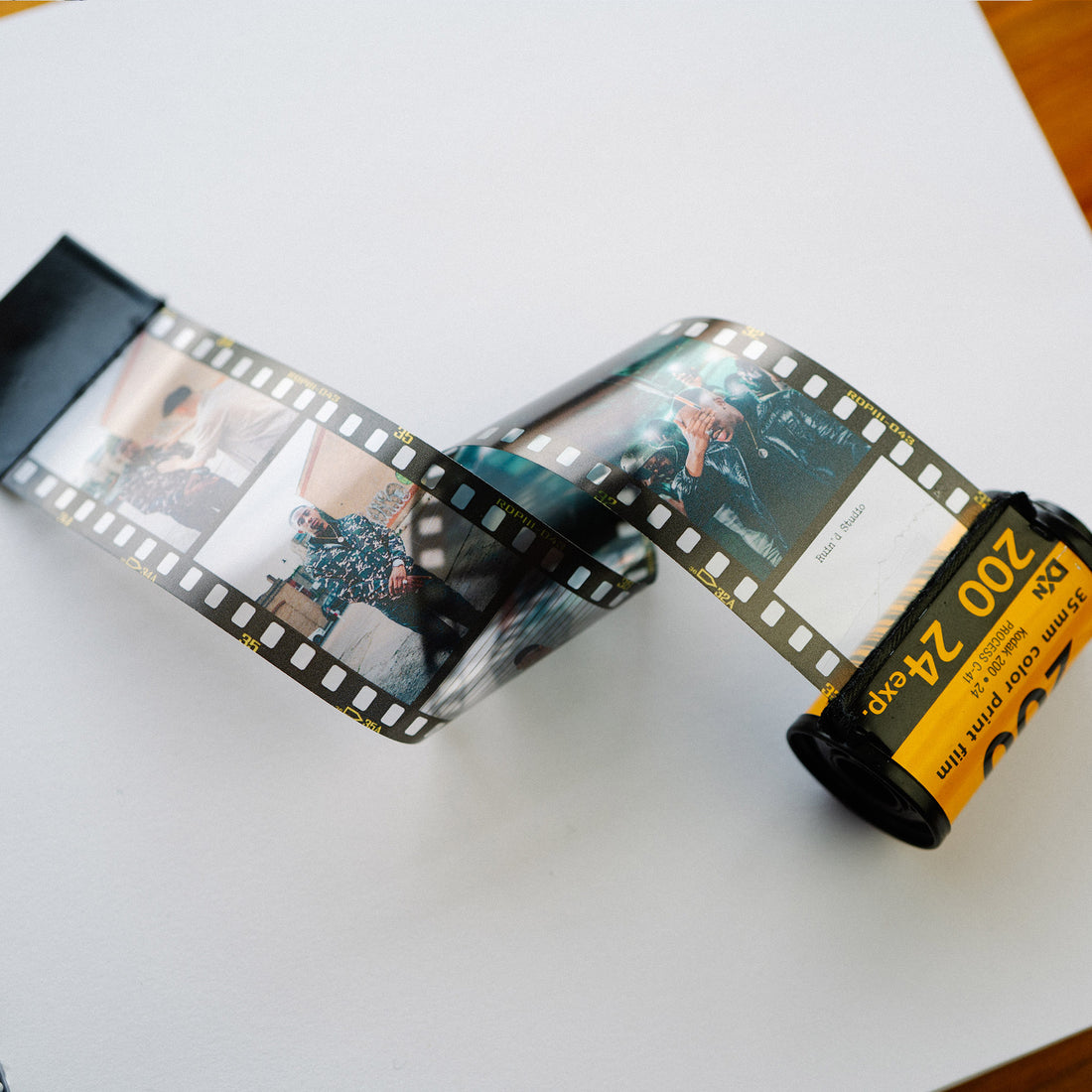In the era of digital dominance, it's easy to overlook the charm and nostalgia associated with traditional photography. Yet, there is something undeniably magical about shooting with a 35mm film camera. From the tangible nature of physical prints to the anticipation of waiting for film to be developed, the entire process evokes a sense of creativity and excitement. At the heart of this experience lies the iconic 35mm film canister—a small vessel that holds the key to preserving memories in a way no digital file ever could.
A Brief History of 35mm Film: The origins of 35mm film can be traced back to the late 19th century when George Eastman revolutionised photography with his introduction of flexible roll film. Over time, 35mm film became the standard for still photography due to its versatility, cost-effectiveness, and ease of use.
The Anatomy of a 35mm Film Canister: A 35mm film canister is a small cylindrical container specifically designed to protect and store the film. Typically made of plastic or metal, it consists of two main parts: the body and the cap. The body houses the rolled-up film, while the cap seals the canister to prevent light exposure and accidental unraveling of the film.
Protection from Light and Environmental Factors: One of the key functions of the 35mm film canister is to shield the film from light. Light leaks can significantly affect the quality of the final images. The canister's light-tight construction, combined with the film's emulsion layers, ensures that only controlled light exposures occur during the shooting process.
Additionally, the canister protects the film from moisture, dust, and other environmental factors that could potentially damage the film. This protective barrier allows photographers to store film for extended periods, preserving their captured moments until they are ready for development.
Portability and Convenience: The compact size and lightweight nature of 35mm film canisters make them highly portable and convenient for photographers. The canisters easily fit into pockets or camera bags, allowing photographers to carry multiple rolls of film without much hassle. This portability opens up opportunities for spontaneous shooting and enables photographers to capture candid moments effortlessly.
The Tangibility and Artistic Potential: Unlike digital images that exist solely in the digital realm, 35mm film creates physical negatives that can be transformed into tangible prints. This tangible aspect adds an element of excitement and satisfaction to the photographic process. Holding a developed strip of film and examining the individual frames brings a unique sense of connection to the captured moments.
Moreover, 35mm film offers a distinct aesthetic appeal that many photographers find captivating. From the grain structure to the colour rendition, film captures a timeless and nostalgic quality that digital emulation struggles to replicate.
The Revival of Analog Photography: In recent years, there has been a resurgence of interest in analog photography, and 35mm film has experienced a renaissance. Photographers, both seasoned professionals and enthusiasts, are rediscovering the joy of shooting on film, embracing its unique characteristics and embracing the unpredictability it often entails. This resurgence has led to an increased demand for 35mm film canisters and a renewed appreciation for their role in preserving the art of film photography.
While digital photography continues to dominate the mainstream, the allure of shooting with 35mm film remains undiminished. The iconic 35mm film canister, with its functionality and nostalgic charm, symbolises the essence of the medium. As photographers and artists, embracing the tangible nature of film and the creative possibilities it offers can provide a unique and fulfilling experience. So, whether you are an aspiring photographer or a seasoned professional, consider exploring the world of 35mm film and its beloved canisters. Rediscover the magic of capturing moments on film, and let your creativity unfold in this timeless art form.

